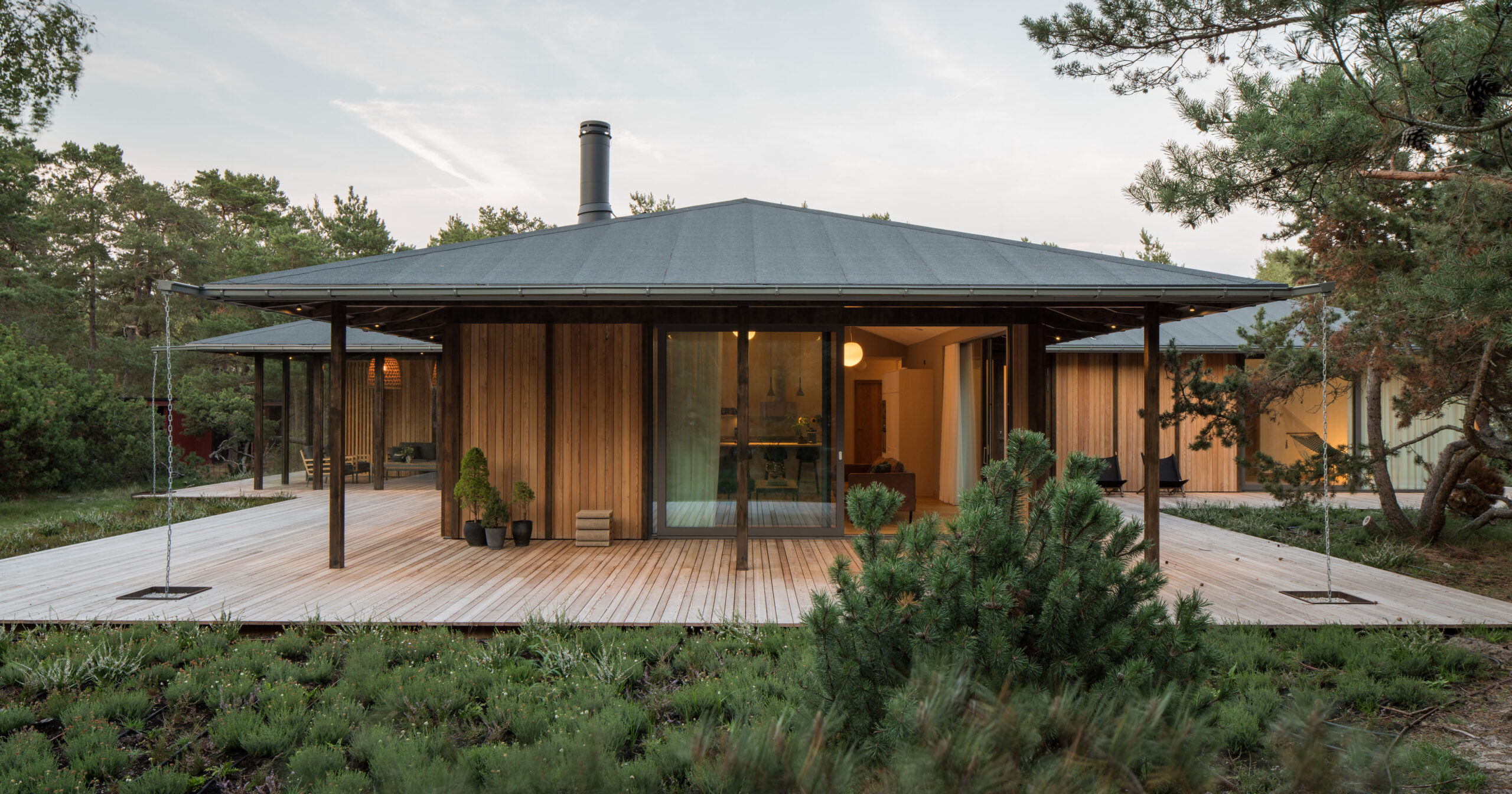Are there too many designers?


With entry-level design jobs receiving hundreds of applications per opening, Cajsa Carlson explores whether there's simply an oversupply of aspiring designers as part of our Performance Review series.
In the 2023/24 academic year, more than 180,000 students in the UK enrolled in higher education degrees within design and creative and performing arts – almost three times the number who signed up for architecture, building and planning courses.
But with major brands often choosing to work with established designers and newcomers struggling to get their work seen, can the market support them all when they graduate?
The competition for jobs in a saturated market can be fierce. Benjamin Hubert, founder of design studio Layer, said his company receives a large number of applications whenever it posts a new role.
"When we advertise for designers, no matter whether it's a graduate or a senior designer, we generally look for one to two roles, and we probably get 500 applicants," he told Dezeen.
"And I'm sure large businesses get more, but as an independent design studio, that's the sort of ratio; we're hiring about one in 500."
Other studios have reported similar figures.
"It's kind of a catch-22"
The limited opportunities for roles in established studios mean that many designers instead choose to start their own companies.
Recently, there has been a particular trend for collectible design, where designers create one-off artisanal pieces to be exhibited in a gallery or group show and, hopefully, sold.
But this approach to starting a career in design presents its own set of challenges.
"A lot of designers are making [products] in their studios on their own, and there aren't enough places to put that work into the eyes of people who will potentially buy it," Findlay MacDonald, co-founder of design platform Slancha, told Dezeen.
"It's a lot easier for someone to go to an established gallery [if they're] working with big names already, and hard for the galleries to know that they can trust and invest in an early career designer that doesn't have that support of clients," he continued. "So it's kind of a catch-22."

For designers creating work in small batches, the price point often also becomes high, putting another spanner in the works for emerging designers.
"When you start straight out of university, or whatever your pathway into making furniture is, you're probably not going to be someone who has the funding to spend on making lots of chairs," said MacDonald's fellow co-founder Harvey Everson.
"The cost that these pieces then have, because of the time and money and effort that goes into making just one, is still ridiculously high," he added.
"When you are charging what's justifiable, it's not necessarily something that's easily accessible for the vast majority of people who are buying a chair."
According to Slancha, one chair could end up costing as much as £3,000 when taking into consideration wages for the designer as well as material costs, tools and workshop fees.
"I sit in the camp that there are too many designers"
Altogether, it's a situation that can often leave young people seeking to launch a design career between a rock and a hard place.
"I graduated four years ago during Covid, and I still haven't managed to find a role suited to the skills I came out with, or lack thereof," emerging designer Reianna Shakil told Dezeen.
"A lot of people in the industry come from backgrounds of privilege; they've got parents who have sheds or garages that they can turn into workshops, if not providing real financial support that allows them to establish themselves early on."

For this reason, Jo Barnard, founder of product design agency Morrama, has come to a sobering conclusion.
"Controversially, I sit in the camp that there are too many designers," she told Dezeen.
"There are too many design courses, and there are too many courses that don't have a really strong connection with industry."
Established designers are increasingly making the complaint that design degrees are failing to adequately prepare students for working in the industry.
"I think there needs to be more alignment between universities and industry," said Hubert.
He argues that everyone studying design should be able to test out their practical skills via an internship.
"When we see people have had an internship between their second and third year, for example, they are infinitely more employable," he said. "They understand the industry more; their skills are much stronger."
Barnard believes that some form of work experience should even be a requirement for graduating.
"There are students doing three years of a design course, but at no point do they even get a week of work experience," she said. "Without that experience, it's really hard to get a job."
Shakil also argues that universities don't do enough to prepare students for how to run a business – something that the many designers who work for themselves will have to deal with.
"The most valuable, practical skills I've learned, I've learned since uni," she said.
"They didn't teach us any business skills. I started Studio ZRX, in March 2022 – I have the mentality that, if no one's going to hire me, I'm going to start my own company."

But as well as changes to design education, Hubert also suggests that a shift in the design industry's perception of itself is needed.
"I'm an industrial designer, and industrial design is a broad topic, but I feel like it's just the wrong label," he said. "It needs to feel more entrepreneurial."
"We're stuck in a model of what design was until the 1960s and' 70s, and it doesn't feel like it's evolved with the time, the pressures, the tools and the broader sense of what design means now, rather than the traditional stereotypes."
While Design Council chief executive Minnie Moll resists the claim that there are too many designers, she agrees that there are "a lot of questions about how good the design sector is at bringing young people in".
Part of the issue, she argues, is about not having the necessary skills to meet the challenges of designing in 2025.
"Seventy-one per cent of the designers that we spoke to said they could see that there was an increasing demand for green skills in their work, but only 43 per cent of them felt equipped to be designing for the planet," she said.
"Design shapes the future"
But though it may be a difficult industry to break into, there can still be value in a design education.
"Is [the industry] over-subscribed? Definitely. But are there too many designers? No, because design is a very broad word, and thinking creatively, thinking laterally, using design as a thought process – if not an application – is of huge benefit," Hubert said.
Design historian and educator Catharine Rossi agrees.
"One of the interesting things that doesn't get talked about enough is that a successful outcome of a design degree doesn't have to mean that you become a designer," she said.
"Often, at some point in design education, you come across students who find their strengths lie more in writing and thinking, curating, or who use their design skills in policy or in government departments, in publishing, in other sectors where the kind of thinking that a design education facilitates can be really beneficial."
To Moll, young people interested in design should still be encouraged to pursue it as a subject, despite the challenges.
"What I say to every young person that I talk to about it is, do you want to shape the world?" she said.
"Design shapes the future. So I think it's such an incredibly important role to be a designer."
The top photo is by Simon Leung.

Performance Review
This article is part of Dezeen's Performance Review series interrogating the problems plaguing architecture and design, from difficult working conditions to ethical dilemmas.
The post Are there too many designers? appeared first on Dezeen.





















































